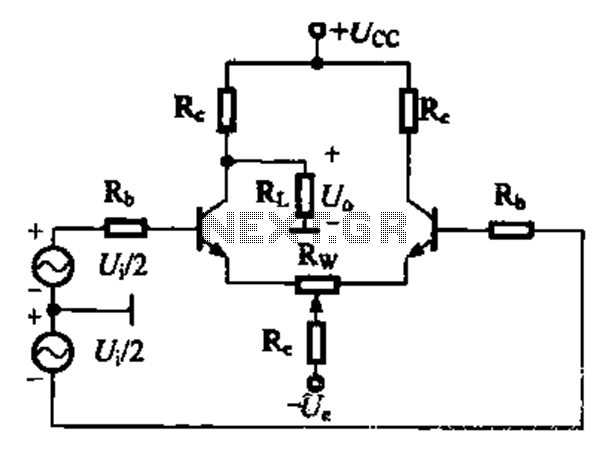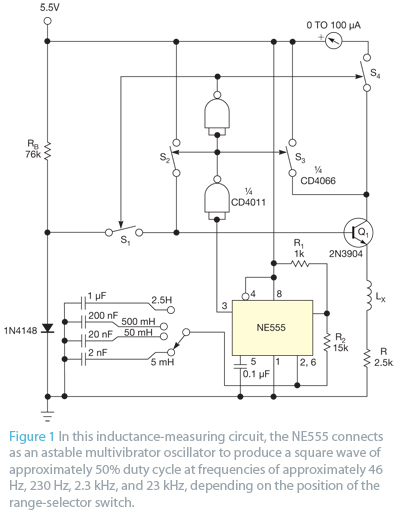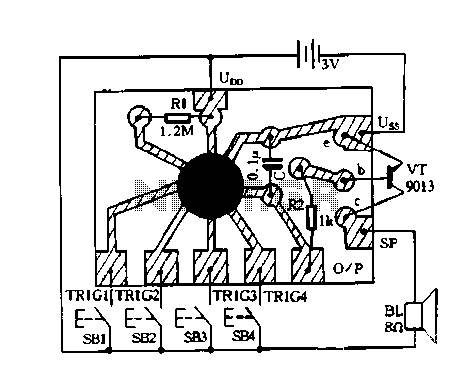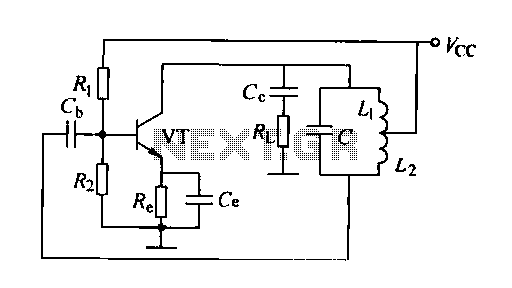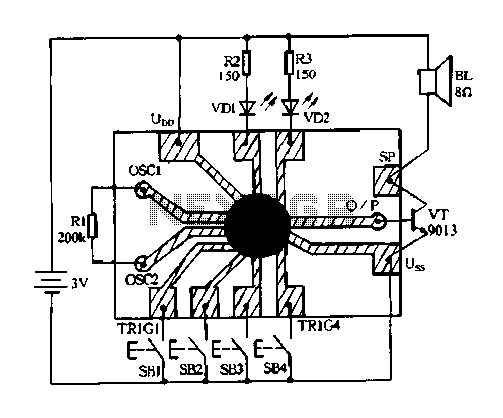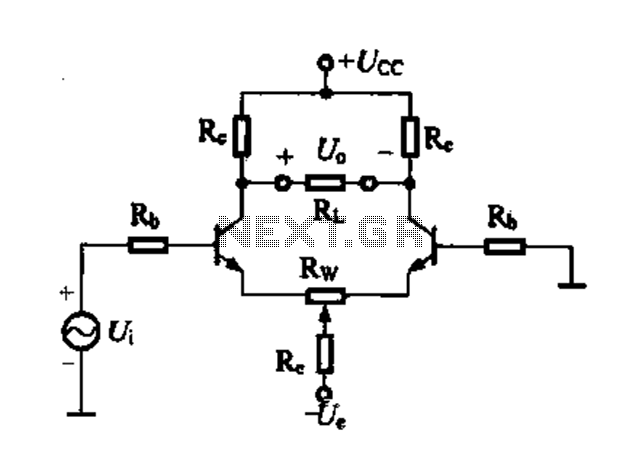
Methods of changing inductance
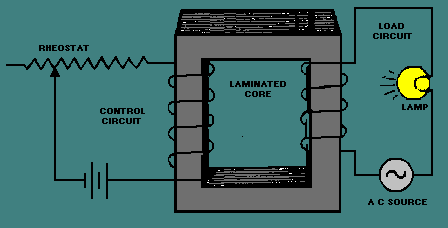
The schematic diagram of this circuit is illustrated in figure 3-33. L1 represents the schematic symbol for a saturable-core reactor. The control winding is depicted with five loops, while the load winding is shown with three loops. The double bar between the inductors signifies an iron core, and the symbol that intersects the two windings represents a saturable-core symbol, indicating that the two windings share a saturable core.
The schematic illustrates a saturable-core reactor, which is a type of inductor that utilizes a magnetic core whose permeability can be altered by the magnetic field created by its windings. In this circuit, L1 is the primary component, serving as the saturable-core reactor. The control winding, consisting of five loops, is responsible for regulating the magnetic field within the core, thereby influencing the reactor's inductance. The load winding, consisting of three loops, is connected to the load and is affected by the changes in inductance dictated by the control winding.
The presence of the iron core, indicated by the double bar between the inductors, enhances the magnetic coupling between the windings, allowing for efficient energy transfer. The saturable-core symbol, which intersects the two windings, signifies that these windings are magnetically linked through the core. This configuration allows for effective control of power flow, making saturable-core reactors suitable for applications such as voltage regulation and power conditioning in electrical systems.
In practical applications, the operation of the saturable-core reactor involves adjusting the current through the control winding to modulate the core's saturation level. This modulation can lead to changes in the impedance seen by the load, which can be utilized for various control strategies in power electronics. The design and implementation of such circuits require careful consideration of parameters such as the core material, winding turns, and operating frequency to ensure optimal performance and reliability.The schematic diagram of this circuit is shown in figure 3-33. L1 is the schematic symbol for a saturable-core reactor. The control winding is shown with five loops, and the load winding is shown with three loops. The double bar between the inductors stands for an iron core, and the symbol that cuts across the two windings is a saturable-core symbol indicating that the two windings share a saturable core. 🔗 External reference
The schematic illustrates a saturable-core reactor, which is a type of inductor that utilizes a magnetic core whose permeability can be altered by the magnetic field created by its windings. In this circuit, L1 is the primary component, serving as the saturable-core reactor. The control winding, consisting of five loops, is responsible for regulating the magnetic field within the core, thereby influencing the reactor's inductance. The load winding, consisting of three loops, is connected to the load and is affected by the changes in inductance dictated by the control winding.
The presence of the iron core, indicated by the double bar between the inductors, enhances the magnetic coupling between the windings, allowing for efficient energy transfer. The saturable-core symbol, which intersects the two windings, signifies that these windings are magnetically linked through the core. This configuration allows for effective control of power flow, making saturable-core reactors suitable for applications such as voltage regulation and power conditioning in electrical systems.
In practical applications, the operation of the saturable-core reactor involves adjusting the current through the control winding to modulate the core's saturation level. This modulation can lead to changes in the impedance seen by the load, which can be utilized for various control strategies in power electronics. The design and implementation of such circuits require careful consideration of parameters such as the core material, winding turns, and operating frequency to ensure optimal performance and reliability.The schematic diagram of this circuit is shown in figure 3-33. L1 is the schematic symbol for a saturable-core reactor. The control winding is shown with five loops, and the load winding is shown with three loops. The double bar between the inductors stands for an iron core, and the symbol that cuts across the two windings is a saturable-core symbol indicating that the two windings share a saturable core. 🔗 External reference
